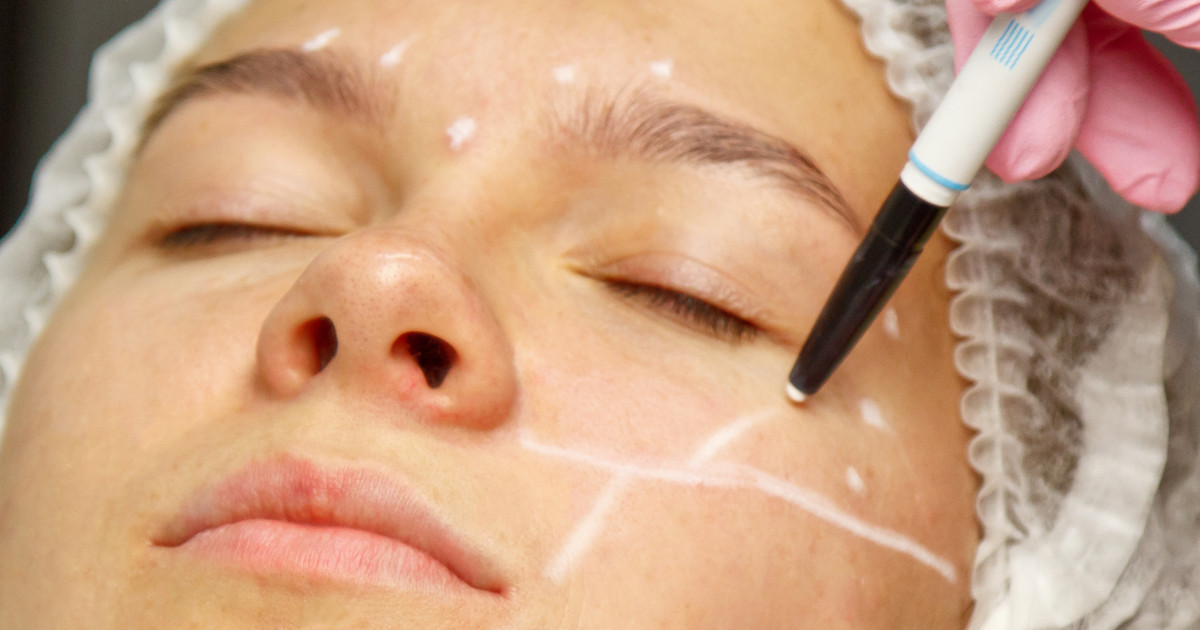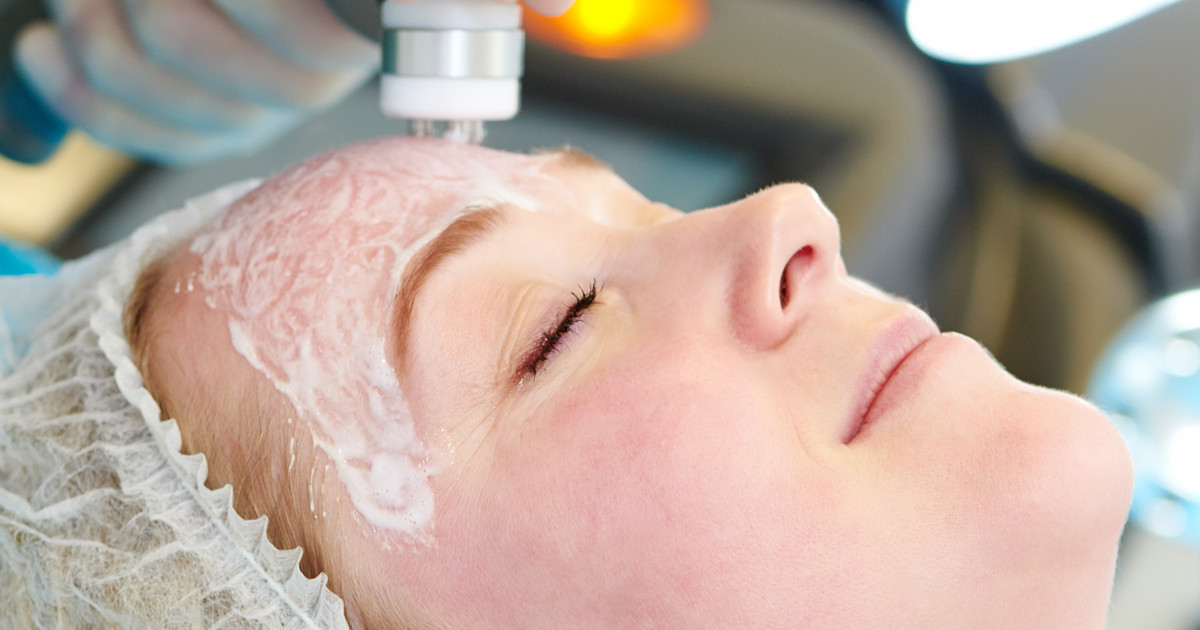Guide To Treating Sagging Skin
Brow And Face Lift

Patients with advanced skin sagging may want to consider a brow and face lift. Depending on the patient's needs, a plastic surgeon may recommend treatment with just a brow lift, though they may also advise a face lift (rhytidectomy). Brow lifts help raise the brows and the skin of the forehead. They are useful for patients who have sagging brows as a result of natural aging. Face lifts might be considered for individuals with sagging cheeks, deep skin folds at the corners of the mouth, and excess skin around the lower jawline.
Both brow and face lifts carry risks, including scarring and hair loss. Patients who have a history of weight fluctuations or issues with blood clotting may not be suitable candidates for these operations. General anesthesia is used for both types of lifts. Patients who have had a brow lift will typically have their stitches removed within ten days. Some swelling could remain for a few weeks after the surgery. After a face lift, it is essential to keep the head elevated while resting. Patients usually wear bandages and a facial sling for the first week after the operation. To protect the incision site, patients should try to stay out of direct sunlight for three weeks. They should not color their hair for at least six weeks. The results from a face lift will usually last for at least ten years.
Discover additional treatments for sagging skin now.
Laser Therapy

Laser therapy helps tighten the skin. It requires less recovery time than brow lifts and face lifts. During laser skin tightening, a medical professional places a laser over the skin of the treatment site. The laser heats the collagen underneath the skin's surface, and the skin tightens immediately. Each laser therapy session for skin tightening lasts thirty to sixty minutes. Patients are usually advised to have a laser therapy session once a month for two or three months. Doctors will apply a topical anesthetic to the patient's skin immediately before each session. Most patients only feel a sensation of warmth on their skin during the treatment. Patients can typically resume their normal activities almost immediately after each session.
Some individuals may choose to have a type of laser therapy called laser resurfacing for their sagging skin. This procedure is more invasive than laser skin tightening. Afterward, patients will need five to seven days of recovery time at home. Dermatologists and plastic surgeons can help individuals decide which type of laser therapy will be most effective for their specific concerns.
Reveal additional options for treating sagging skin now.
